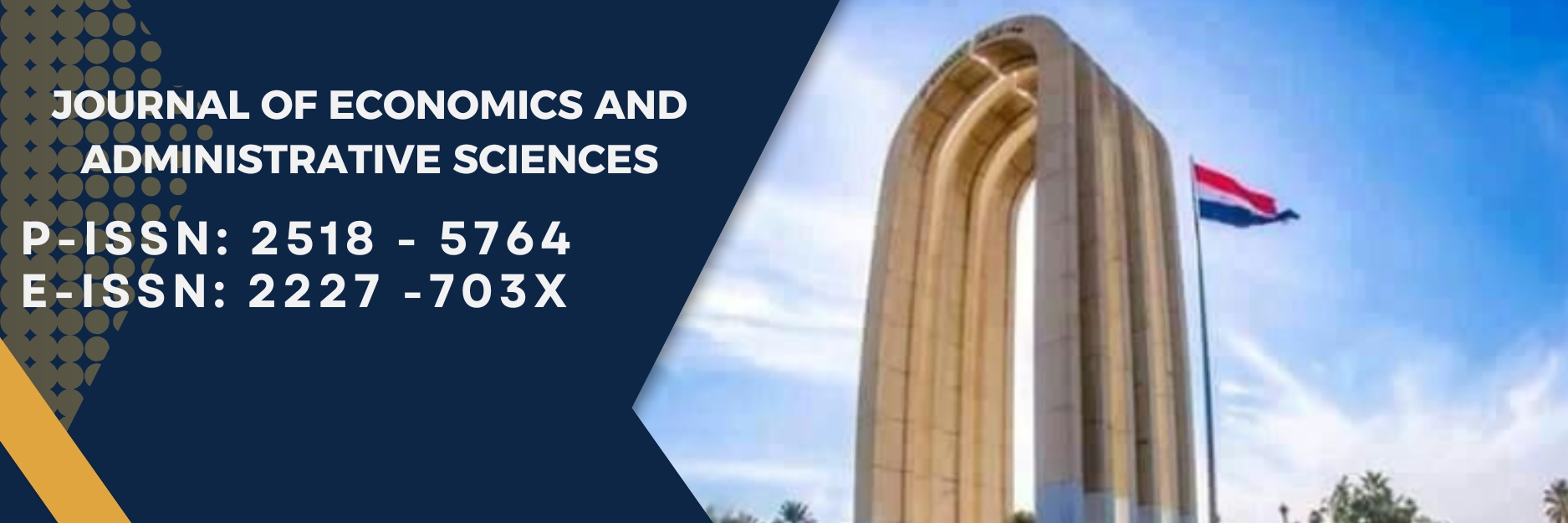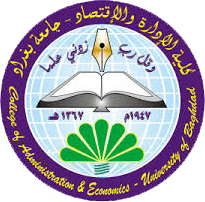Measuring the efficiency of public spending in the Iraqi economy for the period 2006-2013
DOI:
https://doi.org/10.33095/jeas.v23i96.368Keywords:
efficiency of public spending, Iraqi economyAbstract
In light of the limited sources of funding suffered by the Iraqi economy, it highlights the importance of enhancing the efficiency of public expenditure, and if the measurement of the efficiency of public expenditure and identify benchmarks first step of promoting efficiency, the adoption of scientific methods of analysis imperative in promoting the efficiency. Under this framework, the focus was on the methodologies used to measure the efficiency of public spending and supply analysis with trying statement strengths and weaknesses, and make use of it in the measurement of the efficiency of public spending in the Iraqi economy. As well as devise measurable indicators take into account the specificity of the Iraqi economy and the stage through which the enormous challenges it faces, and try to apply them to the Iraqi economy. With a proposal for a set of ideas and mechanisms, to be enlightened by the decision-makers to enhance the efficiency of public spending in Iraq. It was among the search that the relationship between public spending and macroeconomic variables reflect the wrong approach followed in fiscal policy, as well as in the preparation of the budget and the allocation of resources. And that it is necessary to manage the economy through a new vision based on a review of the allocation of financial resources and the adoption of a new methodology to measure the efficiency of public spending, taking into account the limitations of the data, identify indicators that reflect the specificity of the Iraqi economy, and then finding appropriate means to enhance the efficiency of public spending.
Downloads
Published
Issue
Section
License
Articles submitted to the journal should not have been published before in their current or substantially similar form or be under consideration for publication with another journal. Please see JEAS originality guidelines for details. Use this in conjunction with the points below about references, before submission i.e. always attribute clearly using either indented text or quote marks as well as making use of the preferred Harvard style of formatting. Authors submitting articles for publication warrant that the work is not an infringement of any existing copyright and will indemnify the publisher against any breach of such warranty. For ease of dissemination and to ensure proper policing of use, papers and contributions become the legal copyright of the publisher unless otherwise agreed.
The editor may make use of Turtitin software for checking the originality of submissions received.


























